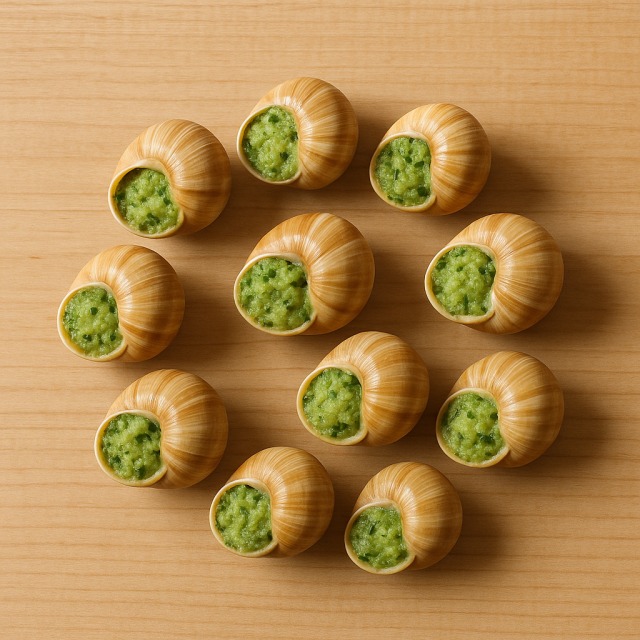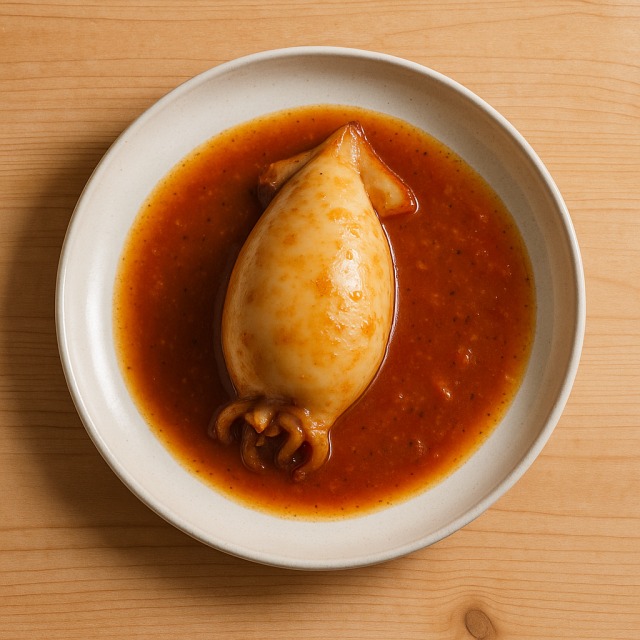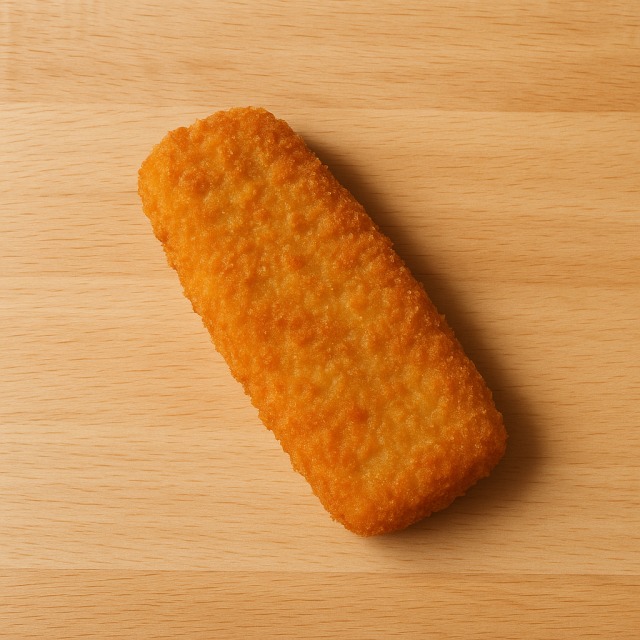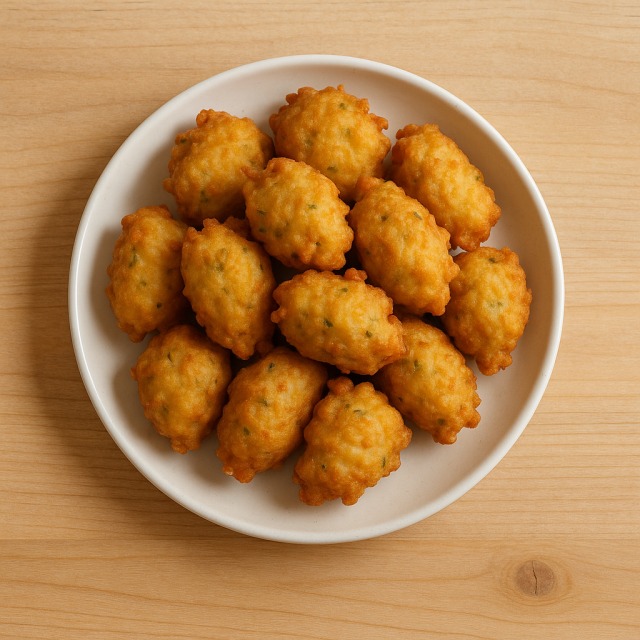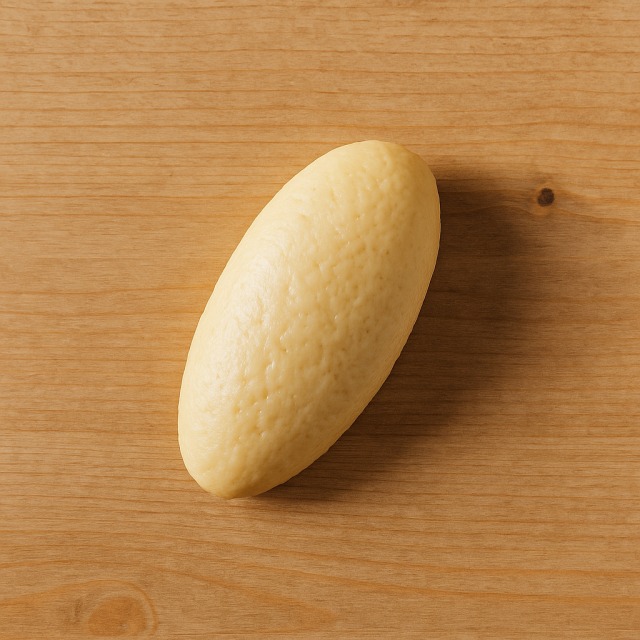Calorie Chart / Recipes / Taramasalata
How Many Calories Are in Taramasalata?
Calculation of the nutritional value & Recommended Dietary Intake of taramasalata
For g and a calorie requirement of kcal
| Calories 218 kcal | Proteins 3.4 g | Lipids 22 g | Carbohydrates 2.4 g |
| 11% | 5% | 33% | 1% |
Health benefits of taramasalata
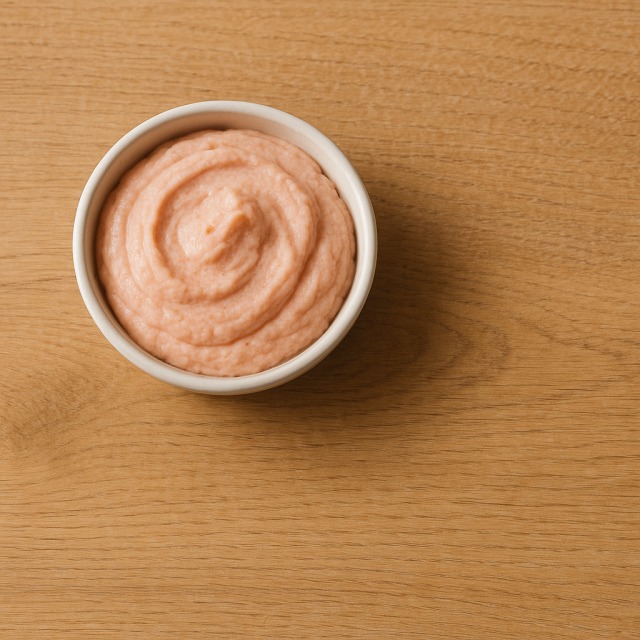
Taramasalata - 100g
Calories 544 kcal
Proteins 8.5 g
Lipids 54 g
Carbohydrates 6 g
Taramasalata is an energy-dense spread: with its 544 kcal per 100 g, it clearly falls into the high-calorie category. Prepared from fish roe, olive oil, and bread crumbs, it delivers valuable marine nutrients. The roe supplies long-chain omega-3 fatty acids (EPA and DHA), vitamin B12, iodine, and selenium, all of which support normal thyroid function and help reduce fatigue. Olive oil adds heart-friendly monounsaturated fats and a touch of vitamin E, while the lemon juice traditionally used contributes a little vitamin C.
Because most recipes rely on salted roe, taramasalata is also high in sodium; people with hypertension should keep an eye on their daily salt and calorie intake. In Greece, it is eaten on "Clean Monday," marking the start of Lent—proof that a food rich in calories can still have a place in traditional fasting menus when enjoyed sparingly.
Texturally, it is smooth yet slightly grainy, which explains why it pairs so well with soft blini or crisp crudités. In short, taramasalata offers a mix of healthy fats, quality proteins, and minerals, but its calories can add up quickly if portions are not controlled.
Tips for incorporating taramasalata into a balanced diet
Because the spread is high in calories and lipids, a 30 g serving (about one heaped tablespoon) is usually enough for an appetizer—roughly 160 calories instead of the full 544. Balance that richness by serving it with raw vegetable sticks such as cucumber, carrot, or bell pepper. The fiber and water in these vegetables increase satiety without many additional calories.
For a Greek-style mezze platter, combine taramasalata with tzatziki, a few olives, and grilled zucchini slices. If you fancy something more festive, spread a thin layer on toasted wholemeal bread and top with a strip of smoked salmon; you will boost proteins while keeping the extra calories moderate.
At brunch, replace butter with a light swipe of taramasalata on your egg sandwich—its umami depth allows you to use less quantity, saving calories overall. Finally, athletes looking to increase calorie intake after intense training can pair it with avocado and quinoa salad for a nutrient-dense recovery meal.
Frequently Asked Questions
- How many calories are in taramasalata?
- There are 544 kcal per 100 g.
- Is taramasalata healthier than mayonnaise?
- Both are rich in lipids and calories, but taramasalata provides omega-3 fats, vitamin B12, and iodine from fish roe, nutrients largely absent from mayonnaise.
- Can I eat taramasalata while dieting?
- Yes, but watch the calories: limit yourself to 20–30 g, pair it with raw vegetables, and account for those calories in your daily total.
- Does taramasalata contain a lot of salt?
- Traditional recipes use salted roe, so sodium is significant. If you are monitoring blood pressure, balance it with low-salt foods like spinach salads during the same meal.
- Is taramasalata safe during pregnancy?
- Made with pasteurised roe, it is generally safe, but because of the sodium and calories, pregnant women should moderate portions and ensure the product is freshly prepared.
Similar foods
Information provided by Calorie Menu may contain inaccuracies or errors. It cannot, under any circumstances, substitute medical advice or medication.
